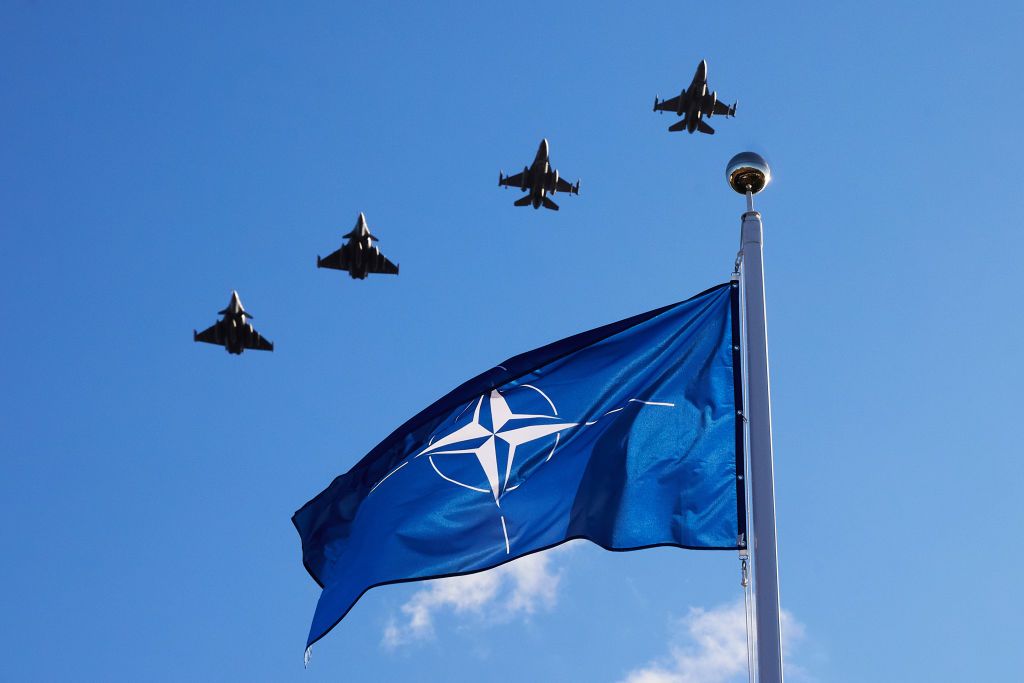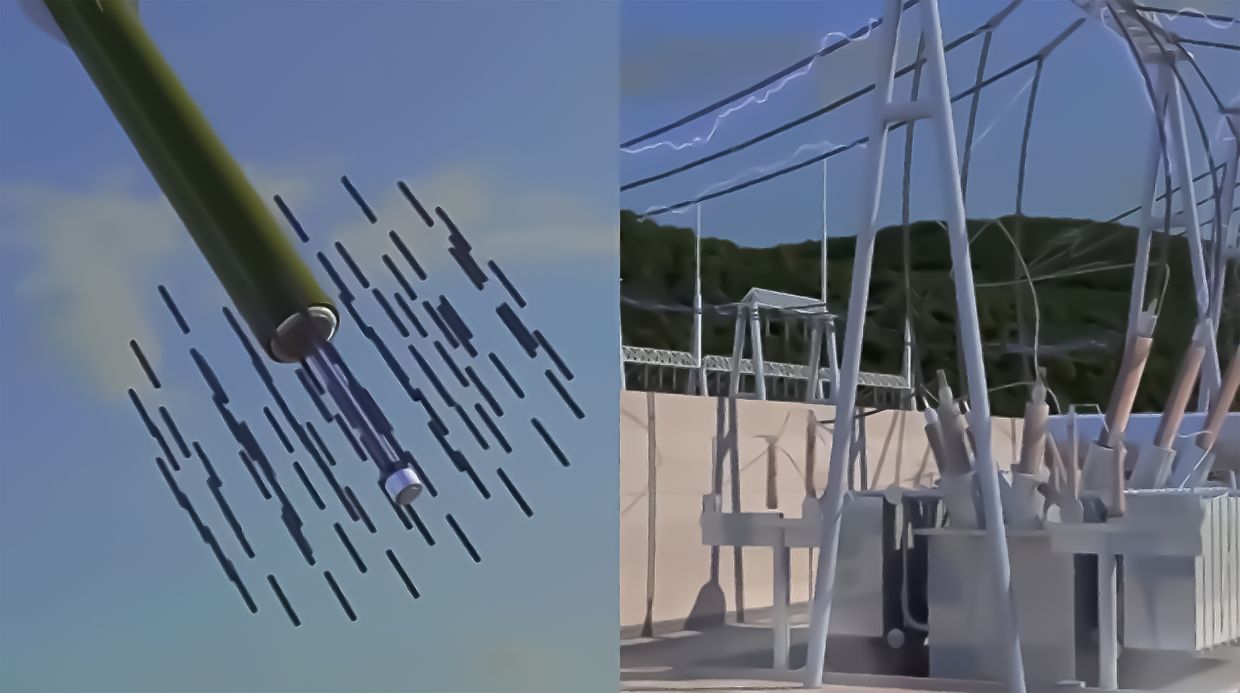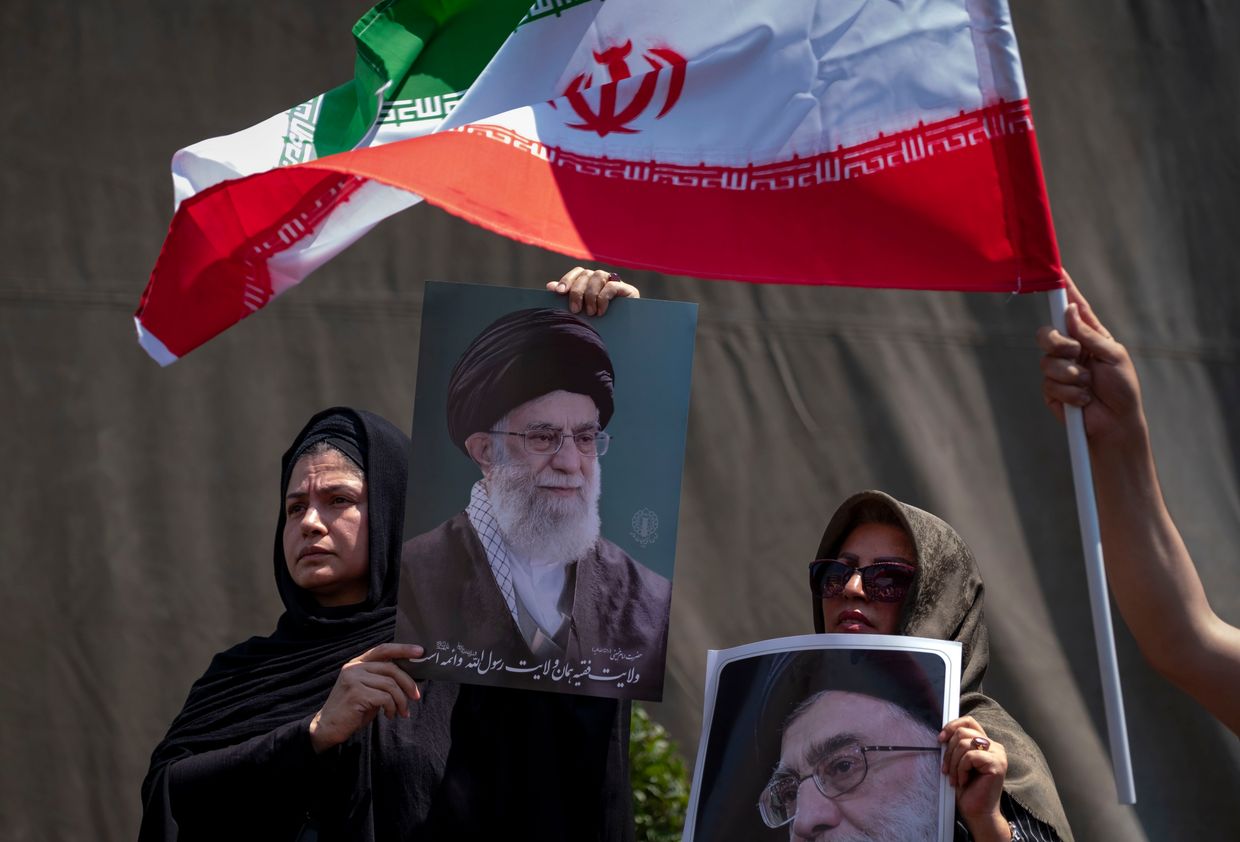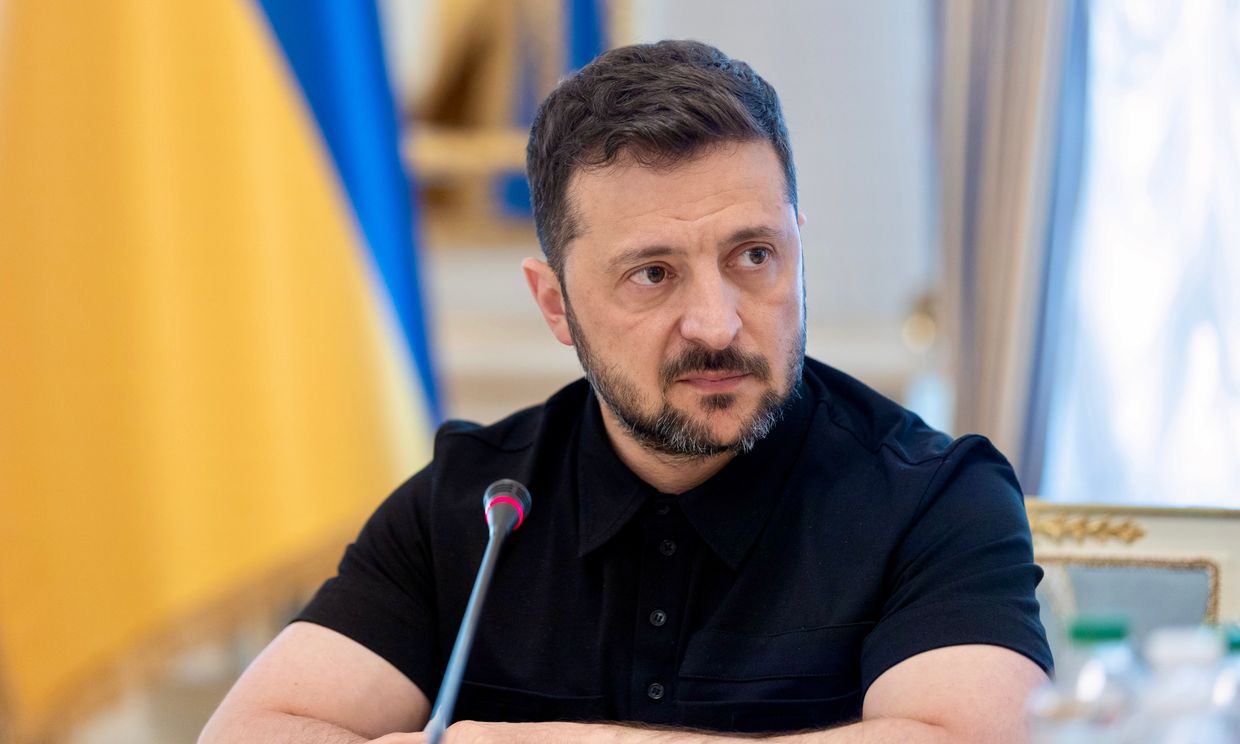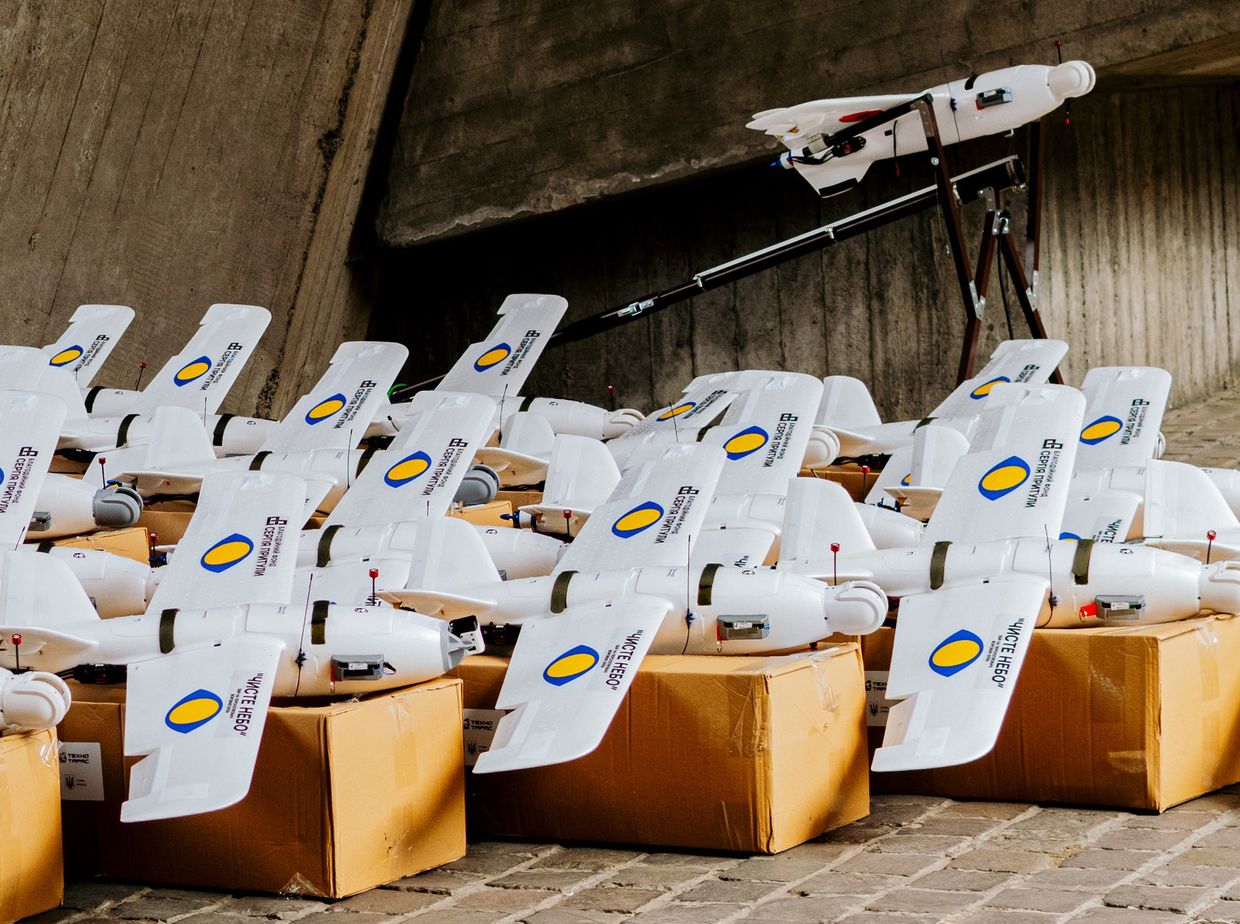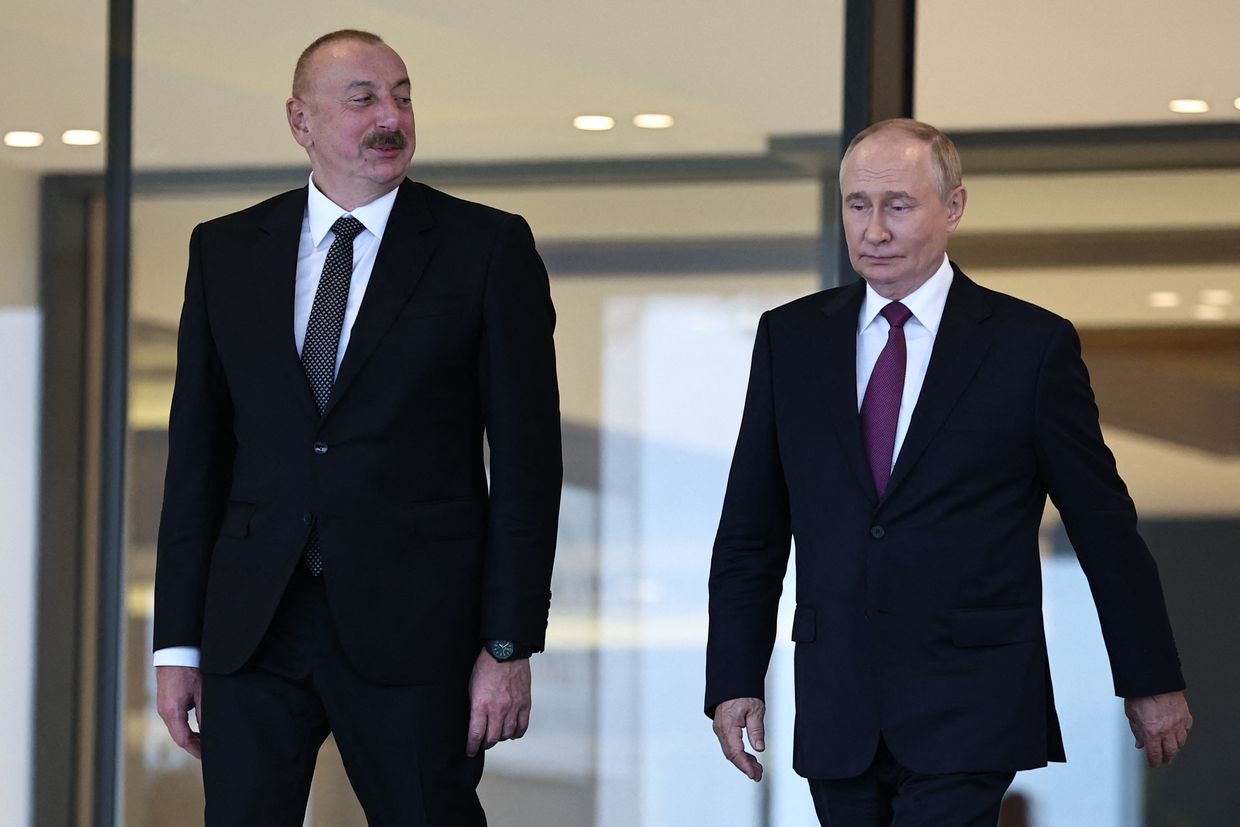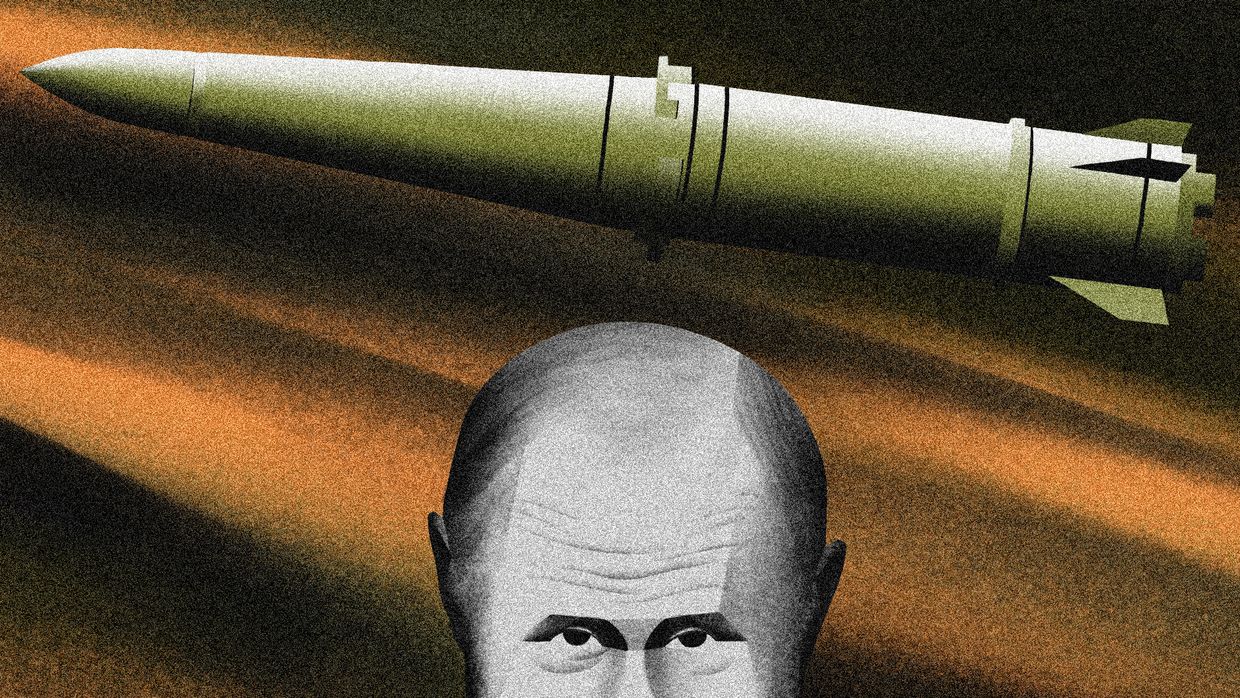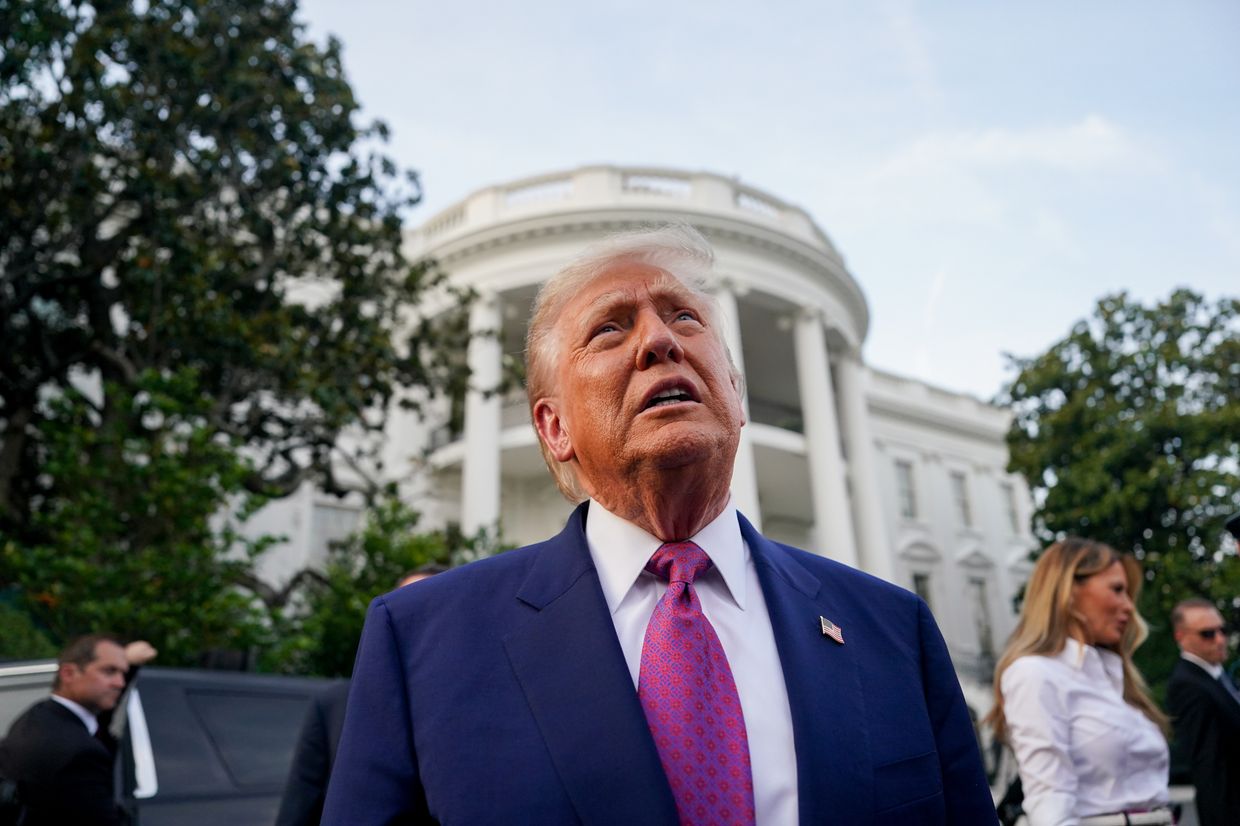When NATO accepted the new strategic concept last June at the Madrid Summit, there was no mention of digital assets in the new concept paper. At the same time, in light of the Russian war of aggression in Ukraine, all members agreed to boost their defense spending to counter the threat Russia and other rising powers, such as China, pose to the transatlantic community.
With NATO’s Vilnius summit around the corner in July, never in recent decades has the need for securing NATO’s funding been as critical as it is today. The West must look for innovative ways to ensure its defensive capabilities are fully funded.
We believe that a NATO digital currency, in the form of a complementary digital currency, a NATO Coin, operating parallel to the national currencies and backed by a basket of currencies and treasury instruments of allied nations, could provide such a solution.
We must regard the digital asset space as a critical line of the West’s defense in the new Cold War 2.0. Opponents of the Western order are trying to inflict chaos and disorder wherever they can, with the monetary system being an obvious target for malicious attacks. American writer Ida Tarbell has said that money is the first imperative necessity in a time of war.
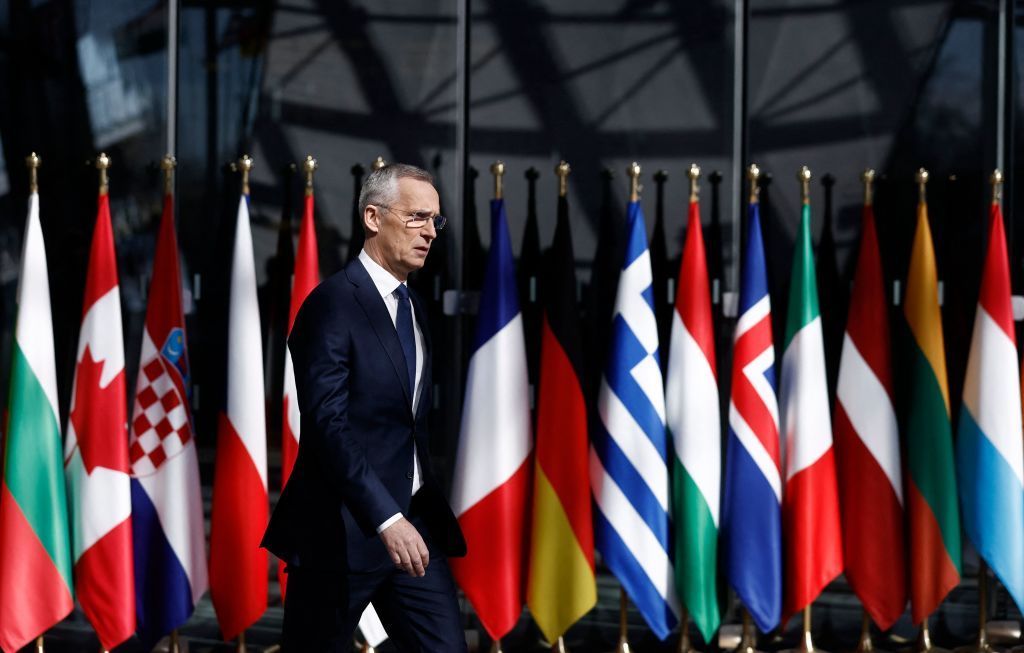
Russia’s war in Ukraine should serve as a global wake-up call for America’s allies to protect our monetary systems.
Cryptocurrencies are known to be speculative endeavors, exacerbated by cases such as the recent collapse of the crypto platform FTX. With the media focused on scandals, it is often easy to miss the slow maturing of the technology behind digital assets.
China has been making steady progress with the launch of its digital yuan and the global proliferation of its digital payment platforms, causing analysts to worry whether the West will be able to catch up with China before it’s too late. Plans for a BRICS digital currency have highlighted the danger of a potential debasement of the U.S. dollar as the world’s reserve currency. A failure to stand up to the Chinese challenge in the digital asset space could backfire in the years to come in other fields of strategic competition.
As the old wisdom goes, it’s not about the size of your spending but how you use it that matters.
Currently, NATO members are far from reaching their commitment of investing 2% of their GDP in defense initiatives. Twenty countries in Europe are increasing their defense spending – but the figures ultimately amount to only about 1% in real growth over last year’s level. In 2023, only 11 of 30 countries will reach that goal. By far the largest economic powerhouse in NATO, the U.S. represents 54% of the Alliance’s economic output, contributing 70% of total defense expenditure.
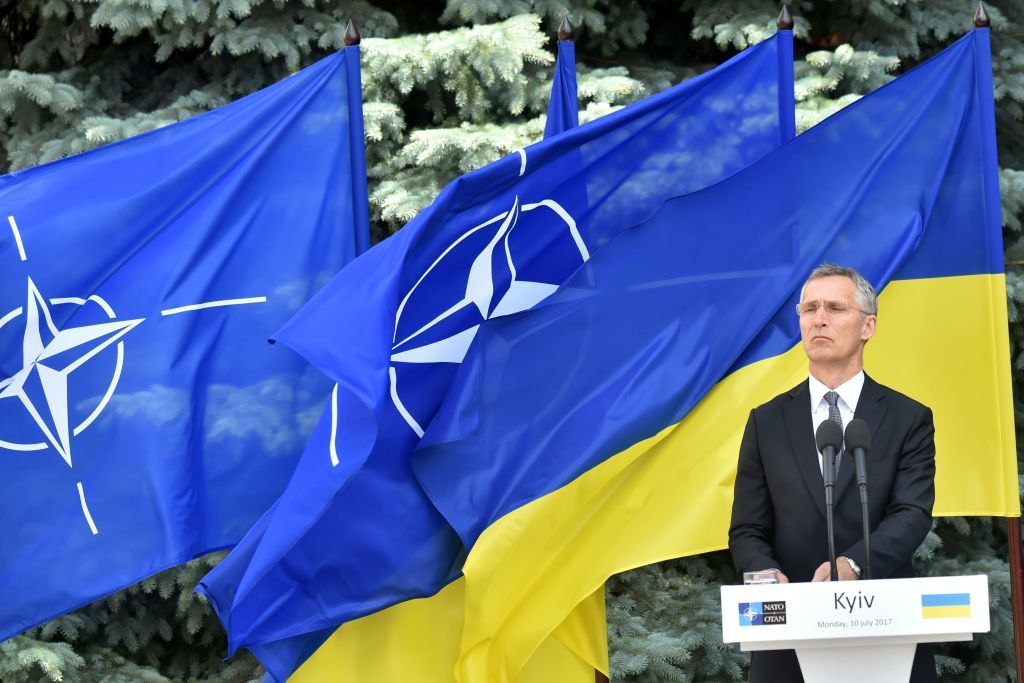
While the concept of a NATO digital currency is not entirely novel, it hasn’t yet been subject to broad public debate. First mentioned in the proceedings of the NATO Innovation Challenge in 2018, a NATO digital currency could provide a stability-enhancing tool of economic statecraft to maintain and build peace around the world.
Benefits of such an approach include:
- Strategic financial autonomy: With 114 countries around the world planning their own Central Bank Digital Currency (CBDC) solutions, a NATO currency could offer interoperability, acting as a complementary currency in parallel with such currencies. With public support for continued aid to Ukraine waning in some countries, a NATO currency could enable those who want to provide targeted and transparent support to play a more active role. Ukraine has received around $100 million in cryptocurrency donations since the beginning of the war. A NATO currency could expand the scope of support from the donor community for Ukraine and also be used to raise funding to boost NATO’s defensive capabilities.
- Source of stability: A NATO currency could promote economic stability and reduce volatility, which would be especially beneficial for NATO member countries or other allied nations that are vulnerable to economic shocks and disorderly currency devaluations, by being backed by a basket of all NATO member currencies and their treasuries, reducing the risk of a disorderly devaluation of one of the core currencies. The NATO currency could also be used as a form of temporary currency in post-conflict areas where NATO would be responsible for reconstruction efforts, being resilient to malicious cyber activity and attempts by hostile powers to inflict inflation through currency counterfeits. Digital NATO currency could also be rapidly and transparently deployed to conflict areas, avoiding corruption and providing transparency and accountability for managing the distribution of aid money.
- Accessing capital: A digital NATO currency could significantly reduce financing and transaction costs for member countries and other allied nations. NATO digital currency could be launched quickly and distributed through the NATO procurement system to partner entities, including private sector entities and individuals.
- Tool for economic statecraft: Creating a NATO currency would make coordinating economic sanctions easier among the members and strategic partners (e.g., Japan, Australia, New Zealand, and South Korea) and major non-member allies of NATO. A NATO currency could provide a long-term hedge against the Chinese attempts to spread the digital Yuan globally.
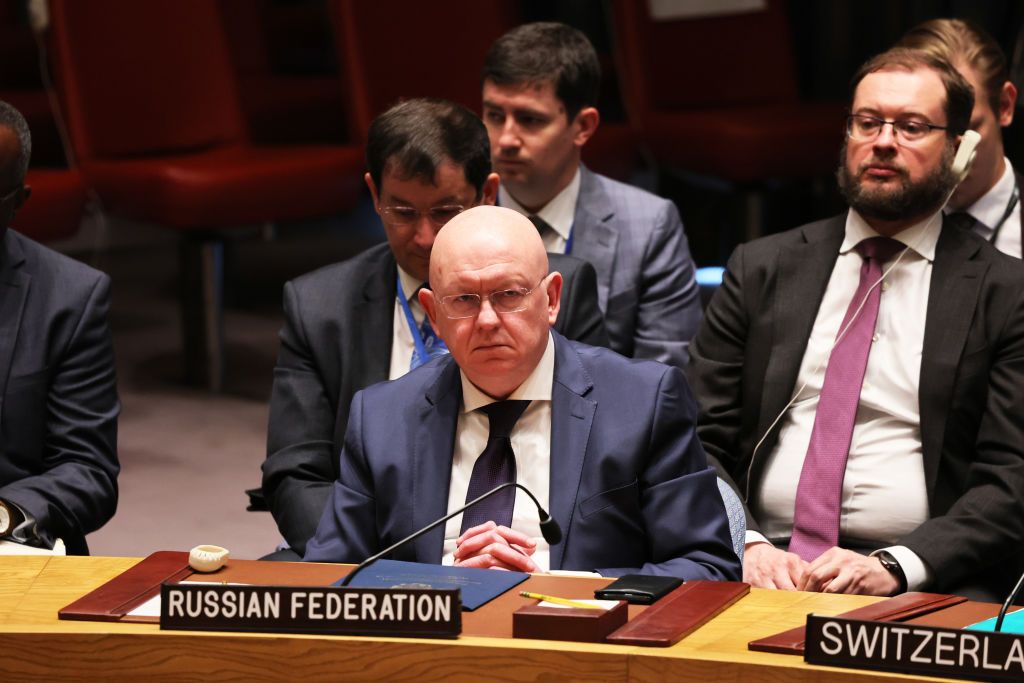
Traditionally, economists have described a currency through its three core functions: means of exchange, unit of account, and a store of value. The emergence of cryptocurrencies and digital assets has added a new element into the mix, namely supporting and engaging with a community, enabled by the smart contracts placed on a blockchain.
While a NATO currency could act as a store of value and a means of exchange in conflict zones, the most relevant initial use case would be selling the NATO digital coins to the wider public interested in supporting the defensive capabilities of NATO, adding a new funding source in addition to the budget based common funding and individual joint funding schemes of NATO.
National security is too important to be left only to governments. Private sector engagement is critical to rise to the challenge of global leadership in the digital asset sector. Being able to innovate and deploy new products quickly, the West must harness the power of technology companies where they can play an instrumental role as force multipliers for stability.
We call for the NATO leaders gathering in Vilnius to consider taking the following steps:
- Creating a NATO Digital Currency Board to set the legislative framework and study the feasibility of establishing the NATO Coin. Such a board should consist of representatives of NATO members’ central banks and those of non-NATO major ally (NNMA) nations, with associate membership offered to members of the Partnership for Peace (PfP) program. This would expand the current scope of the NNMA status from being a bilateral relationship between the U.S. and a particular country to becoming a truly multilateral framework for coordinated joint activities, such as imposing economic sanctions.
- Opening up NATO associate membership to tech companies and other non-state entities interested in boosting NATO’s defensive capabilities, either through financial or in-kind contributions, to develop and deploy critical solutions and infrastructure to make sure NATO is capable of defending the allied nations at times of crisis. This could be achieved by expanding the scope of the Defense Innovation Accelerator for the North Atlantic (DIANA), an initiative launched in 2021 tasked to work with technology companies to explore ways how disruptive technologies can assist NATO, to become the platform through which tech firms and other private sector participants will be able to engage with NATO, and by hosting annual an annual DIANA Summit parallel to the NATO Summit.
Editor’s Note: The opinions expressed in the op-ed section are those of the authors and do not purport to reflect the views of the Kyiv Independent or the authors’ affiliated institutions.



